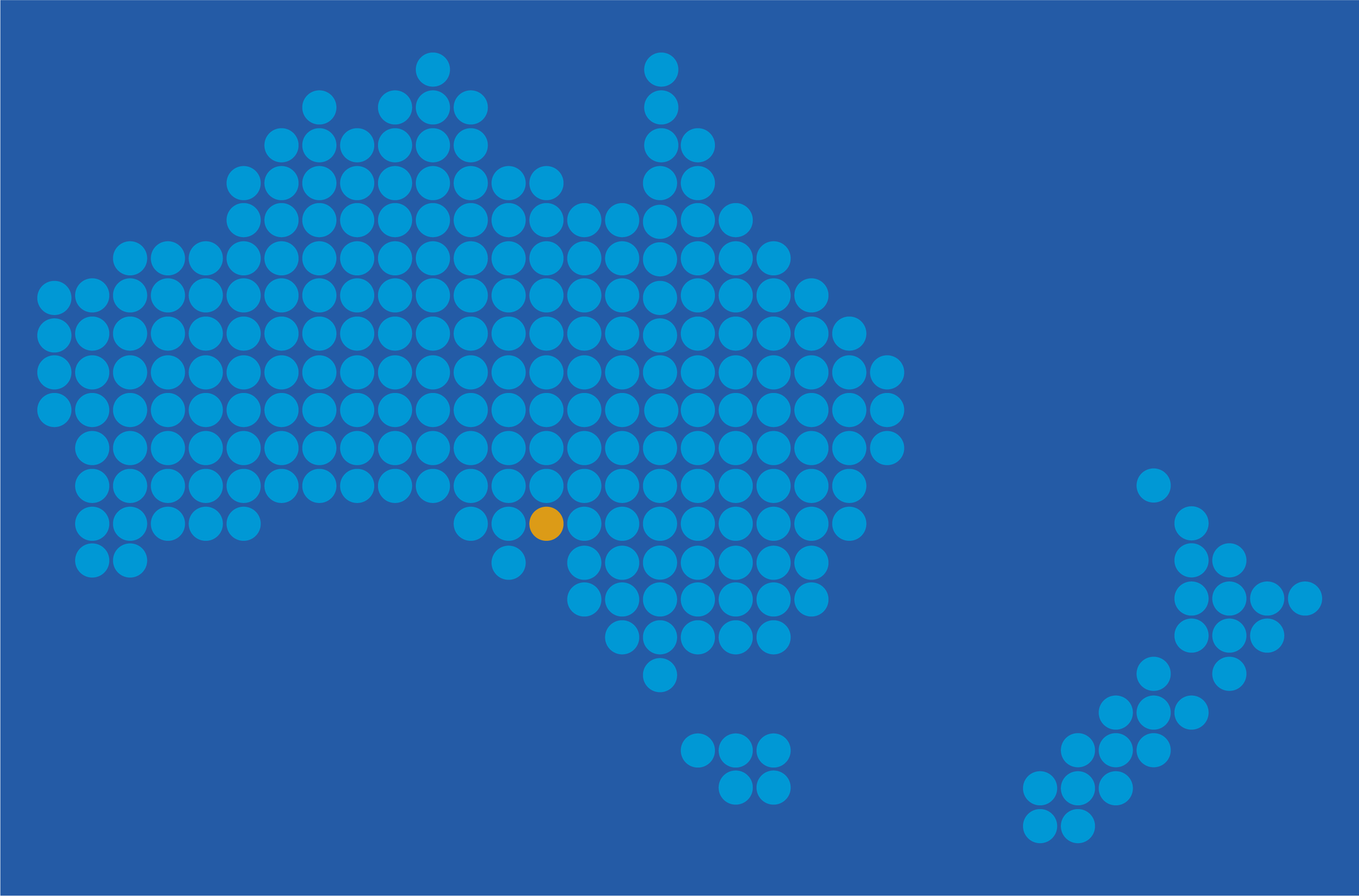South Australian Health is undertaking an extensive business case process with respect to the development of a proposed new Women’s and Children’s Hospital which services the population of South Australia.
The proposed new Women’s and Children’s Hospital will be located within the Adelaide BioMedCity precinct, which includes the new Royal Adelaide Hospital, research institutes and universities.
Johnstaff has been engaged to undertake service and facility planning which will inform the detailed business case for the proposed new hospital.
The new hospital represents a major potential undertaking by the SA Government, and presents several complexities with respect to planning, design and integration of the proposed new hospital with the new Royal Adelaide Hospital.
To address these complexities Johnstaff is developing a strategic functional design brief for the new hospital, which identifies hospital-wide principles and models, including consideration of interface issues with the new Royal Adelaide Hospital. This will inform our development of the detailed functional design briefs and schedule of accommodations for clinical, clinical support and non-clinical support areas of the new hospital through collaboration with Project User Groups
Critical to the success of any business case is adequate stakeholder consultation to ensure objectives and needs are clearly identified as well as potential new ways of working and integrated service opportunities. Johnstaff will achieve this through development of a Clinical Service Plan for the new hospital, through broad engagement with internal and external stakeholders, and detailed analysis of demographic and hospital activity data.

Developed a strategic functional design brief for the new hospital, which identifies hospital-wide principles and models, including interface issues with the Royal Adelaide Hospital
Johnstaff worked closely with SA Health to promote value for money.
Johnstaff was strategically agile and able to flex its resourcing to align with stakeholder needs due their organisational priorities and in response to COVID-19.